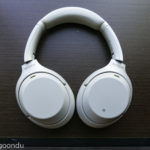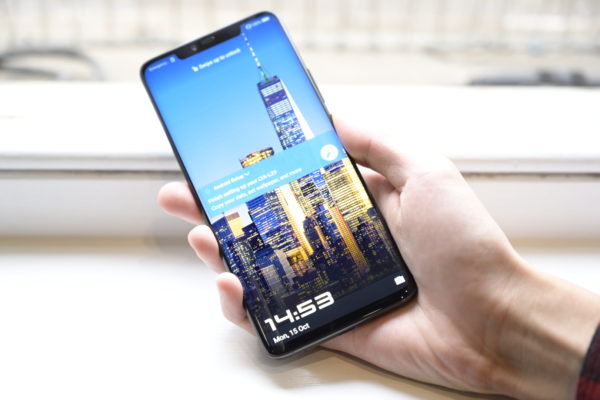
When Huawei unveiled its new Mate 20 Pro flagship phone last week, it surprised many fans by changing up its much-loved camera module developed with German lens maker Leica.
In previous flagship phones like its P20 Pro, the Chinese phone maker had combined the images from a monochrome sensor and a colour sensor to create pictures that have impressed, in particular, with their striking contrast and intricate details.
Indeed, the P20 Pro got the highest score for image quality on DxOMark, a website dedicated to digital camera performance, beating out the Apple iPhone XS Max and Samsung Galaxy Note 9.
So, why has Huawei changed things around with the Mate 20 Pro? You still get the same high-quality standard colour lens, but it is now accompanied by an ultrawide-angle lens and a telephoto lens.
The monochrome sensor so lauded in the past by Huawei and Leica has been taken out, because it is no longer needed, they say. For users, does this seem like a downgrade?

Speaking to reporters at Huawei’s launch in London last week, Leica project manager for optical design, Dr Florian Weiler, said the lack of a monochrome lens won’t mean the new phone is a downgrade.
By replacing the monochrome sensor with a new ultrawide-angle lens, he argued, the Mate 20 Pro is more versatile in the types of images it can capture. In other words, it can take better pictures in different scenarios.
Plus, it promises to work better indoors and with landscapes alike, as the camera covers a much wider angle that is equivalent to a 16mm lens on a DSLR camera with a full-frame sensor. You can also shoot up close, by placing the lens just 2.5cm from a subject.
Leica seems confident these new features will offset the loss of the monochrome sensor. But would users buy the argument? Much depends on how well the main colour sensor performs as a standalone unit.
This is the same 1/1.7-inch 40-megapixel part first seen on the Huawei P20 Pro. The largest sensor of its kind on a modern smartphone, it promises to capture more data from a scene.
My first impressions with the Mate 20 Pro is that the quality is still top notch. Yes, there are differences in the images taken without the monochrome sensor, but in some instances, I notice that the new phone actually does better.
As part of my tests, I took a landscape scene in England’s Lake District using the monochrome mode in both the P20 Pro and the Mate 20 Pro.
The difference is P20 Pro’s ability to capture black-and-white images natively with the monochrome sensor, whereas the Mate 20 Pro’s images have to be de-saturated on the phone (this is done automatically).
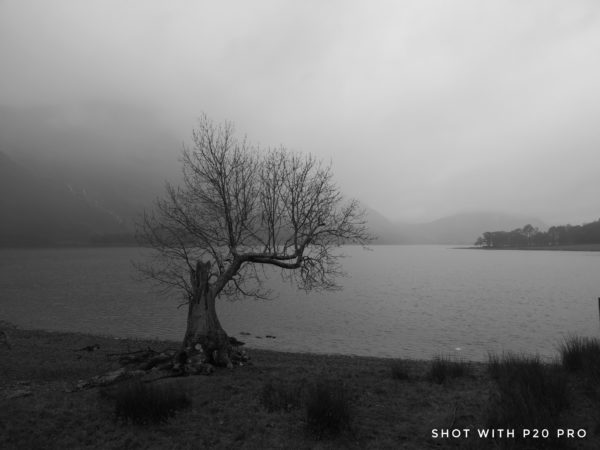
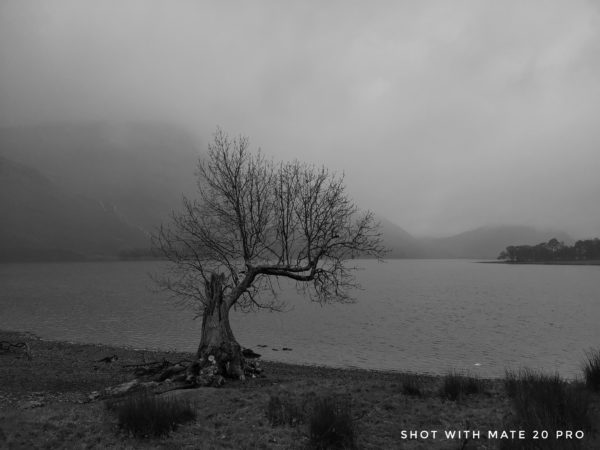
Even though I really love the Leica’s monochrome images from the P20 Pro, the ability to capture good quality wide-angle images without the need for an additional lens appeals to me more.
Expansive scenery taken with a wide angle lens is definitely better than a stitched panoramic image that may suffer from stitching errors.
Besides, shooting in RAW still allows me to derive a monochrome image that can closely emulate the Leica look – if I don’t mind the hours to post edit on a PC.
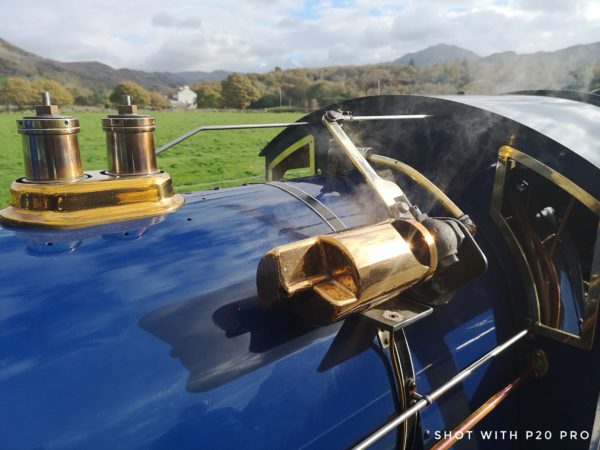
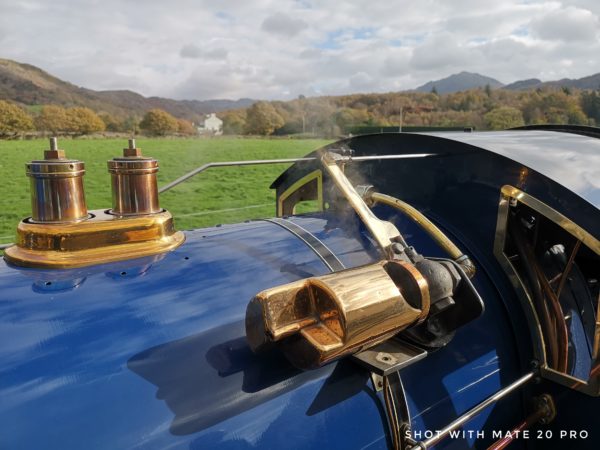
Judging by the few images that I have taken thus far, the bigger sensor employed by the main camera does do a good job making you not miss the monochrome sensor so much.
For me, not having that signature Huawei-Leica feature isn’t a deal breaker in the Mate 20 Pro. Its added versatility actually appeals more to me.
All the same, how important the monochrome sensor is to the user will be subjective. If you enjoy shooting monochrome images, the Mate 20 Pro will not be the phone to buy.
However, if you value versatility in the different types of images you can capture, the new phone will appeal more.
Look out for a more in-depth look of the Huawei Mate 20 Pro in our full review.
